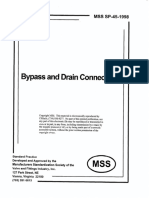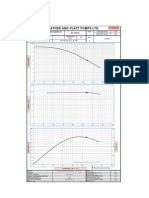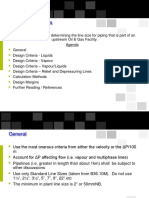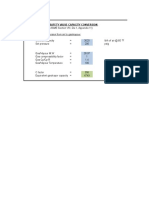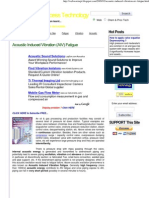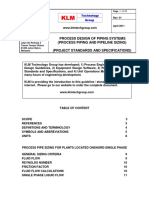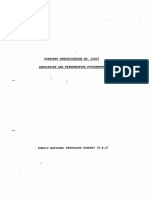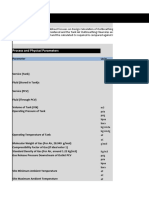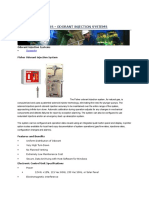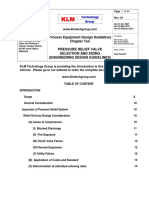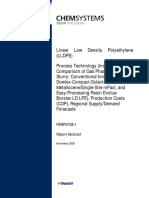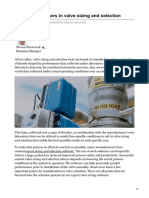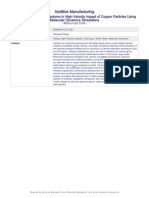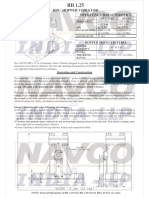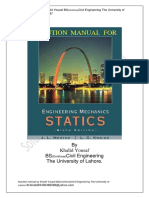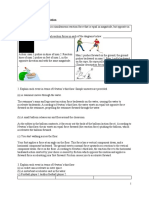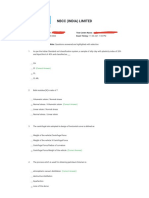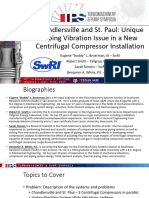0% found this document useful (0 votes)
301 views3 pagesControl Valve Sizing & Selection Guide
The document discusses 5 important criteria to consider when selecting a control valve:
1. Optimal travel - The valve's range of operation should correspond to its control range. Travel should be 50-70% at normal flow and below 90% for most valve types.
2. 1/2 pipeline size rule - The valve size should not be less than half the diameter of the pipeline to avoid stresses.
3. Installed gain curve - The curve indicates how the valve will perform and should have a gain between 0.5-3.0.
4. Flow velocity and erosion - Higher velocities can cause erosion, so maintain openings over 20% and consider larger valves for erosive media.
Uploaded by
Ramazan YaşarCopyright
© © All Rights Reserved
We take content rights seriously. If you suspect this is your content, claim it here.
Available Formats
Download as PDF, TXT or read online on Scribd
0% found this document useful (0 votes)
301 views3 pagesControl Valve Sizing & Selection Guide
The document discusses 5 important criteria to consider when selecting a control valve:
1. Optimal travel - The valve's range of operation should correspond to its control range. Travel should be 50-70% at normal flow and below 90% for most valve types.
2. 1/2 pipeline size rule - The valve size should not be less than half the diameter of the pipeline to avoid stresses.
3. Installed gain curve - The curve indicates how the valve will perform and should have a gain between 0.5-3.0.
4. Flow velocity and erosion - Higher velocities can cause erosion, so maintain openings over 20% and consider larger valves for erosive media.
Uploaded by
Ramazan YaşarCopyright
© © All Rights Reserved
We take content rights seriously. If you suspect this is your content, claim it here.
Available Formats
Download as PDF, TXT or read online on Scribd
/ 3





